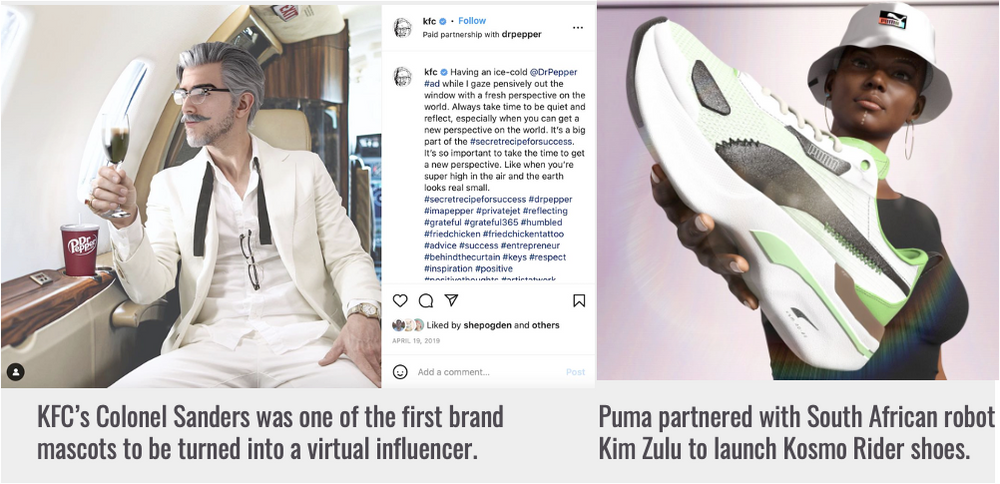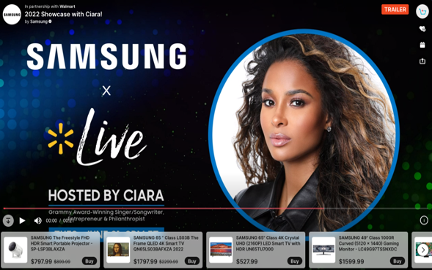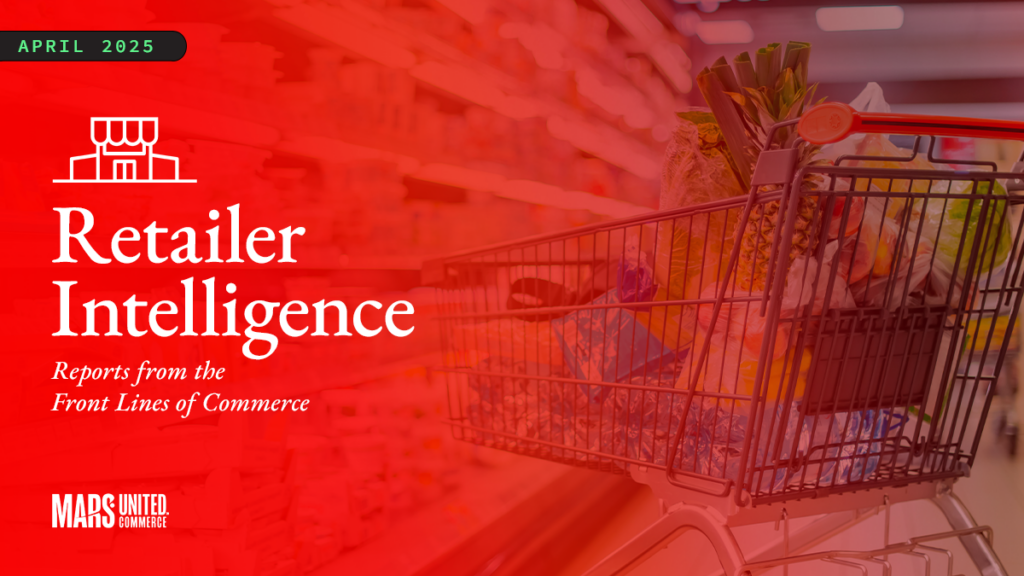As part of our commitment to being leaders in innovation and helping our clients stay ahead of the competition in a fast-paced, constantly evolving marketplace, The Mars Agency closely monitors shopper trends and the ever-changing media landscape to identify the impact they’re having — or will have — on shopper engagement.
The following article examines five real-time trends in shopper behavior and the ways brands and retailers are addressing them through their marketing.
1. POSITIVITY: JOY MARKETING
INTELLIGENCE: Between social media angst, a divided country, inflation, and general feelings of anxiety, shoppers aren’t just looking for good news — they’re craving it.
OBSERVATION: Brands are connecting with shoppers by tapping into what they need most at the moment: positive energy.
IMPLICATION: Thinking about how people are currently feeling in the world, brands have a right to play in the “happiness space,” not just by presenting aspirational happiness but by generating real happiness. Reminding shoppers of the joy that brands can bring via connections and taste could deepen relationships with target audiences and give new users a reason to consider your brand.

Campbell Soup Company’s annual “Joy Night In” holiday campaign teams the CPG with Walmart and the Hallmark Channel to give families everything they need to enjoy cozy winter nights watching seasonal movies. The campaign focuses on “JOMO” — “the Joy of Missing Out” — to celebrate relaxing at home and avoiding the holiday hustle.

Johnny Walker’s revamped “Just Keep Walking” campaign acknowledges that the rules have changed for younger generations, who believe it takes more than “working hard’ to make it in today’s world — happiness will take you further.
2. MASCOT MANIA
INTELLIGENCE: Shoppers are craving familiarity, connections and relationships. According to a Harris Poll, 79% of respondents enjoy seeing mascots and 71% of young social media users don’t mind ads if they are entertaining.
OBSERVATION: Feelings of nostalgia or the chance to be more visual on social media has prompted the creation of new and improved mascots to be the brand voice. Mascots add brand personality and personification to the product.
IMPLICATION: A recognizable and beloved character can be a visual shortcut for shoppers facing so many choices. A memorable mascot can help when shoppers are making complicated decisions in categories like insurance or medicine. With shoppable media extending the ecommerce world even wider, it’s harder to connect with shoppers. Mascots can be a familiar tie-breaker..

3. INFLUENCERS GO VIRTUAL
INTELLIGENCE: As social media evolves, its influencers are following suit. Some of the most popular influencers on social platforms aren’t even human. These virtual influencers have “high glance value” because creators can give them the exact look they want, perfectly crafting them for the targeted audience.
OBSERVATION: Not only are creators building animated or CGI-characters to grow their audiences on social, brands are jumping into the space as well by using their own equity — including mascots — to lead the conversation.
IMPLICATION: The move toward a decentralized web is sparking an evolution among creators, who are gaining more control over their content and how it shows up. Brands should explore new ways to engage with their audiences by bringing their equity to life virtually or through partnerships.

4. THE POWER OF LIVE COMMERCE
INTELLIGENCE: Livestream shopping is an up-and-coming channel for both retailers and brands: A recent study from Insider Intelligence found that 17% of U.S. consumers frequently watch influencer livestreams; in a 2021 Klarnas survey, 60% of shoppers who’ve engaged with livestreams said it improved their shopping experience.
OBSERVATION: As livestreaming technology improves and 5G infrastructure provides broader availability, a new format has arrived that unites livestream content, interaction with the host, and commerce tools that let viewers transact within the stream.
IMPLICATION: Retailers are forming relationships with livestream partners and incorporating the touchpoint into their retail media network ecosystems. Brands should look to leverage this channel to help shoppers discover new products, engage with brands, and convert from the comfort of their homes, on the go, or anywhere else they choose.

Walmart is regularly hosting shows, extending their reach well beyond the store. The Mars Agency just helped Samsung host an event starring singer Ciara that was broadcast from the brand’s NYC experiential store — and its metaverse counterpart on the Decentraland platform.
Interactivity within a show allows shoppers to engage with hosts in real time and make purchases within the stream.
5. META-PROMO
INTELLIGENCE: Brands and retailers are looking for ways to connect with younger audiences by evolving their promotions to incorporate Web3 and metaverse components for both engagement and unique prizing options.
OBSERVATION: Although we’re still very early in the adoption curve, it’s not a question of “if” but of “how” brands and retailers will leverage Web3 and the metaverse as part of their marketing toolkits.
IMPLICATION: The spectrum of sophistication is broad, and there are points of entry from both ends. With the landscape rapidly evolving, brands and retailers have plenty of opportunity to gain early insights by testing early and often, allowing them to optimize in real time and gain quick learning.

The Mars Agency partnered with client MilkPEP to create a unique series of collectable NFTs that shoppers obtained by scanning a QR code on packaging or retail signage.
It was the perfect alignment of MilkPEP’s Got Milk? campaign, its NFL player sponsorships, and a partnership with Panini, the world’s largest sports card manufacturer.
These NFTs are still trading on the secondary market, which means their message has continued even after the campaign ended.

Restaurant chain Wendy’s launched a “Wendyverse” virtual reality experience and challenge on the Oculus Quest 2 platform in conjunction with a concurrent IRL (in real life) promotion.
__________________________
ABOUT THE AUTHORS

Katie Butler is VP-Strategic Planning at The Mars Agency. Her career has touched many areas of marketing, including broadcast producer, concept director and ECD. All roads have led her to where she belongs, her current role in planning.
Katie loves the shopper and retail space, having spent most of her career building consumer promotions and shopper programs for iconic companies including Nestlé, Kimberly-Clark, Johnson & Johnson, Campbell Soup and SC Johnson.

As Group VP-Media Strategy at The Mars Agency, Julia Miller works with CPGs to elevate their shopper marketing and consumer promotions go-to-market strategies through innovative, contextual commerce solutions. She co-leads the agency’s web3 and metaverse taskforce, partnering with brands and retailers to identify opportunities and build strategy.
Julia has over 15 years of experience working with leading CPGs including Mars, Inc., Nestle Waters, Henkel and Colgate-Palmolive.



